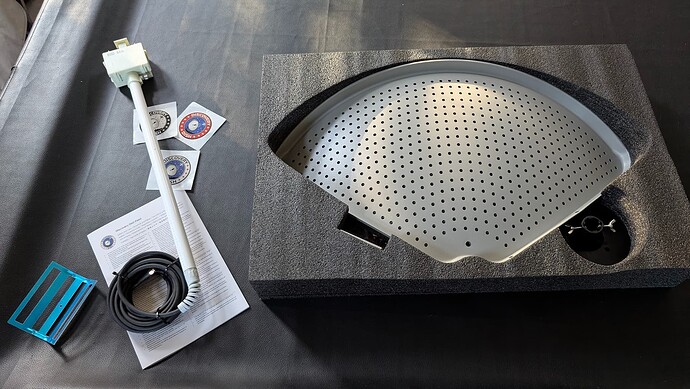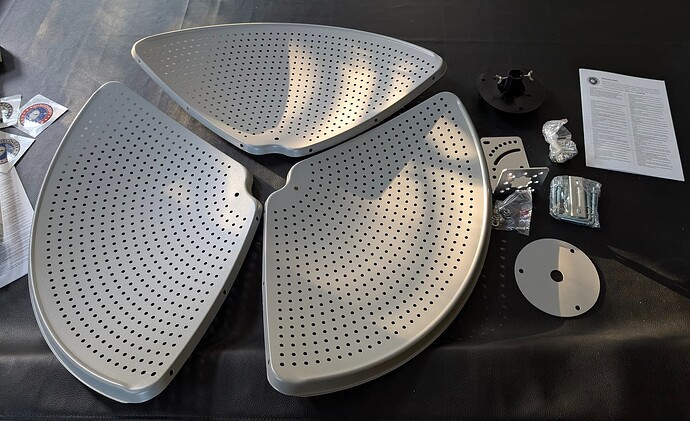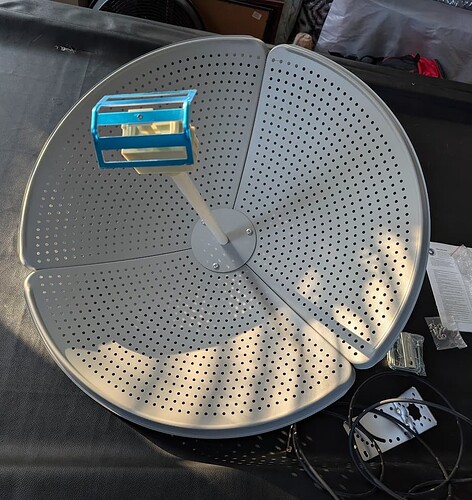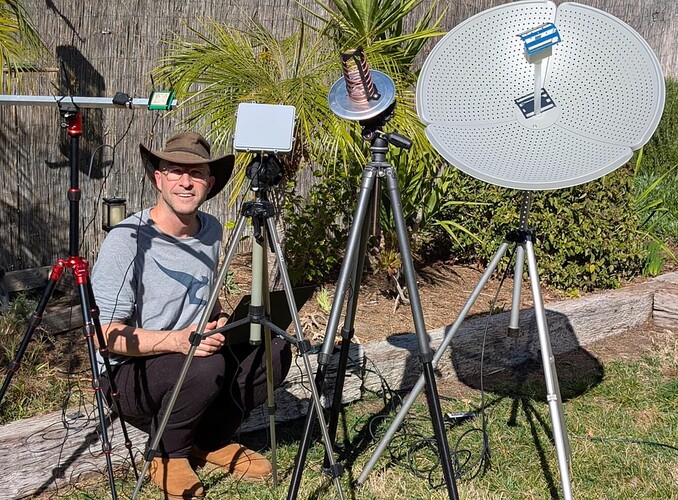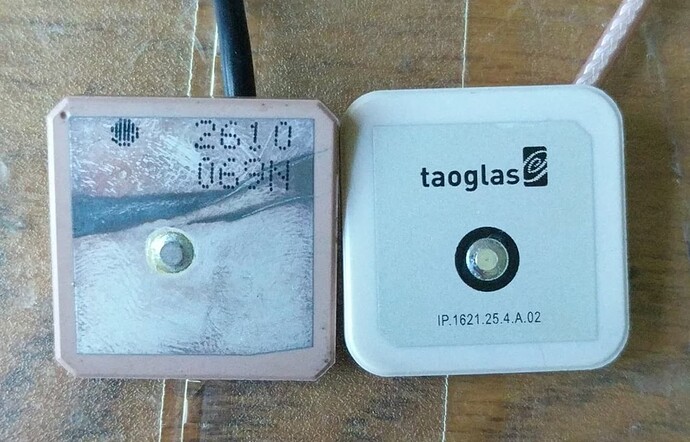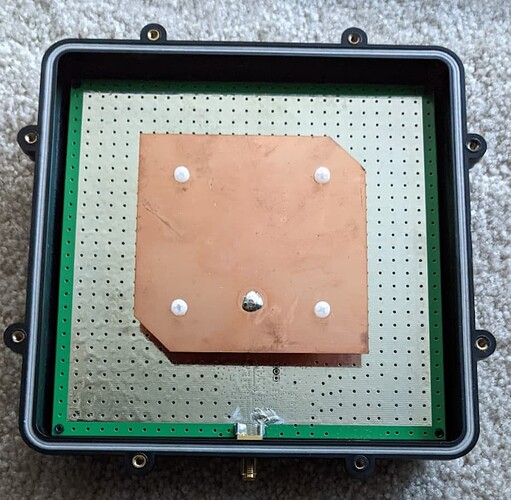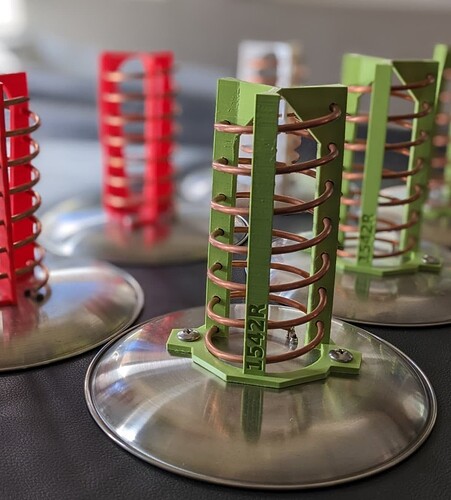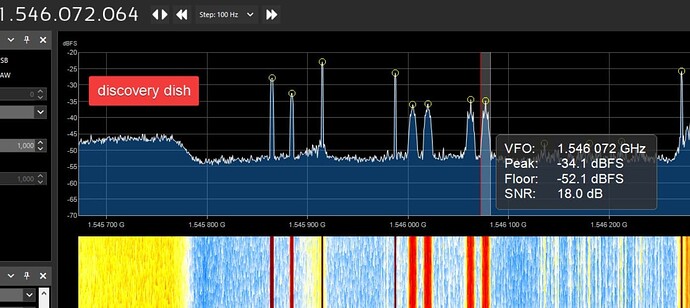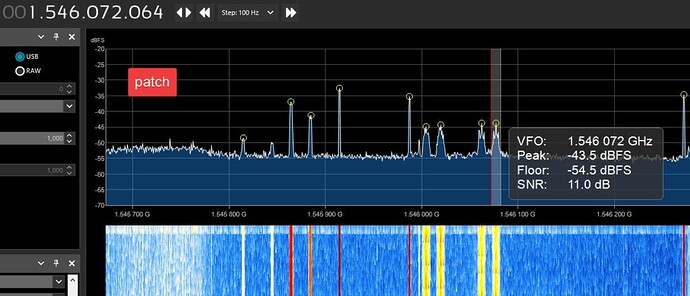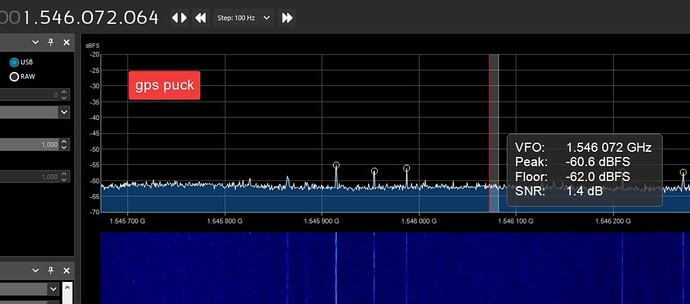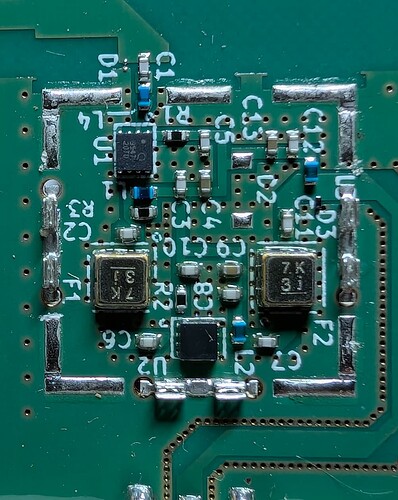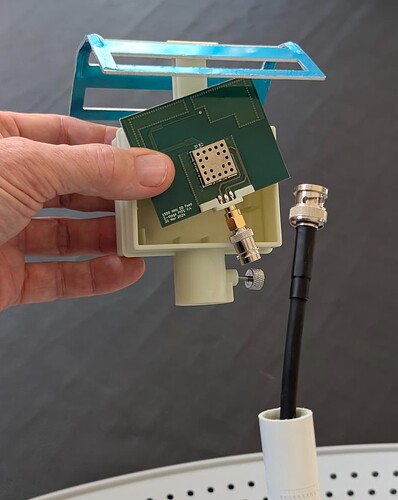Quick ‘mini review’ of the Discovery Dish with L-Band ACARS feed.
You can see the Crowdsupply campaign here.
Myself and a few others backed it from day zero (or close to it).
Took a few more months than expected for it to ship, but turns out, it was worth the wait.
Make sure you get the right feed for your end goal.
There are two L-Bandish mounts, so take your time and think about what you want to cover.
The dish and the feed come really well boxed.
On first unboxing its very impressive.
Just a really well packed unit.
Nice multi language instruction book with loads of diagrams and pictures walking you through the assembly and tuning of the dish.
Also the feed has some swag in the form of three pretty sweet stickers.
The dish is equally well packed with protection foam and booklet.
No issues getting it all out and laying out all the bits really to bolt together.
If you want more information or to get an idea of what’s in the booklet, check out their wiki.
Here is what it will look like from the ‘sats eye view’.
Pretty nice looking setup. Not insignificant wind loading that’s for sure.
Of course I opened the feed.
This was the main reason why I backed it. They did not come out with an ACARS feed at first, but added it later and it was not LHCP and when questioned they said ‘it has so much gain, linear is fine’. So I backed it to find out for myself.
They were right.
Linear feed for the win!
How much gain?
So much so that I pulled the feed out, held it backwards and the feed alone has about as much gain / signal as their patch antenna.
They clearly have done a great job with the LNA and SAW setup in the head.
Stupid amounts of gain.
I moved the feed in and out and twisted it around it made pretty much zero difference. There is no real sweet spot, just tons of signal.
I plan to do a 3 way test soon.
Dish, RTLSDR patch and 7 turn helix.
Each have their place.
Patch is low profile and easy to mount, lowest gain.
Helix is a great performer for its size.
Dish is the signal splitter king. If you are running 2 or 3 or 4 port splitters for ACARS, STDC and voice, and you have the mount for the wind loading of the dish, then this is your ticket. It can easily take the splitter hit and still give you plenty of signal to decode.
UPDATE:
Here is the L-Band test setup.
A fun, ‘typical use’ setup for getting a feel for the SNR (signal to noise ratio) of a few different L-Band Inmarsat ACARS antennas.
98w. 4-F3 from Southern California.
Using the 10500 ACARS signal since its a contestant.
First up. On the left…
Its a small GPS type puck with the filter removed to allow 1545MHz reception.
Inside is a small patch antenna with amplifier.
Sold by SDR-Kits.
I always tells folks to put it on a paint tin lid or something like that to help with a ground plane. Tested here without as is the usual way.$15US
As you will see at the bottom of this post, its really not worth the money at all.
Next up.
The RTL-SDR-Blog patch antenna is very popular.
Good price, low profile and acceptable performance. I wish they did not push it for Iridium, but that’s a rant for another time.
Good size patch, good LNA with hidden USB power.
Some folks have even managed to park this patch in between say 25e and 54e and picked up STDC from both satellites.
10500 decodes are solid, voice possible. $60USD
Next up…
7 turn helix.
A quick fun build if you have access to a 3D printer.
Better performance than the patch, slightly harder to mount outside.
2020 I built and sold around 30-40 of these to jump start satcom ACARS. Everyone has loved them.
Solid 10500 and voice decodes, often from inside a building. About 10 bucks in parts, I was building and selling them shipped USA for $60USD.
STL file, build details and parts list are here: How to build an L-Band ground station. | thebaldgeek
Lastly, the big guy on the right.
DiscoveryDish. $190USD as shown.
Tons of gain. I have been calling it the ‘splitter king’. If you want to put some RF splitters in to get ACARS, STDC, Voice ect on different SDRs, and you can keep it in the wind, this is the antenna to do it.
Ok, now the 4 antennas waterfall…
TL;DR puck < patch < helix < dish
It all depends on your end goal, space, wind speed and money.
Best bang for the buck / size is the helix.
Best low profile is the patch.
RF splitter king is the dish.

